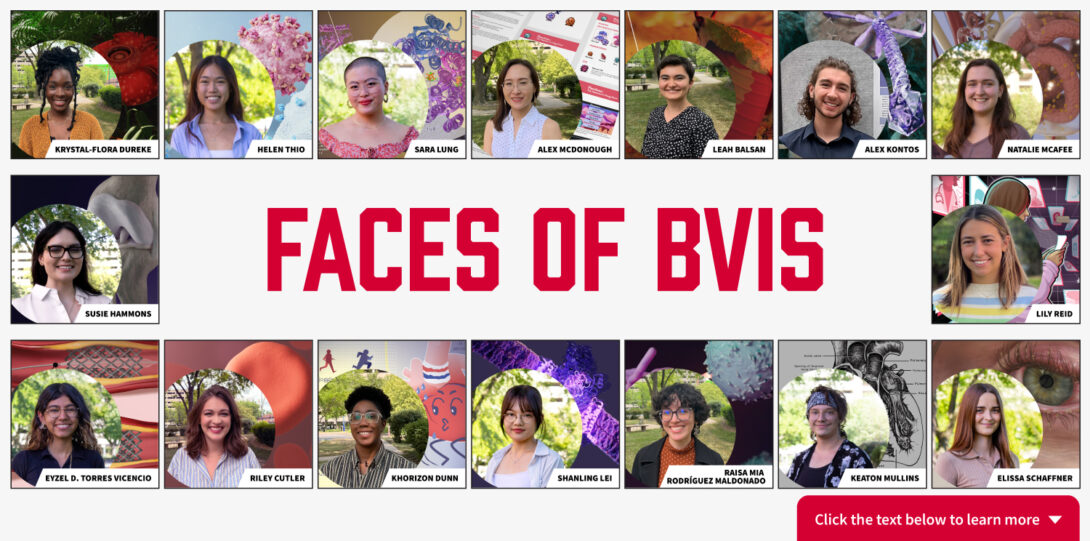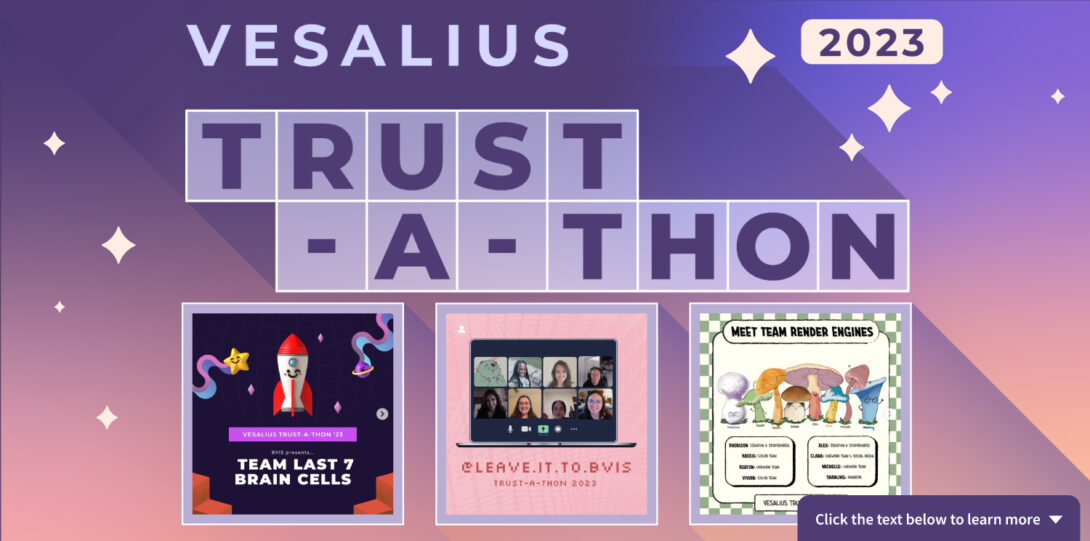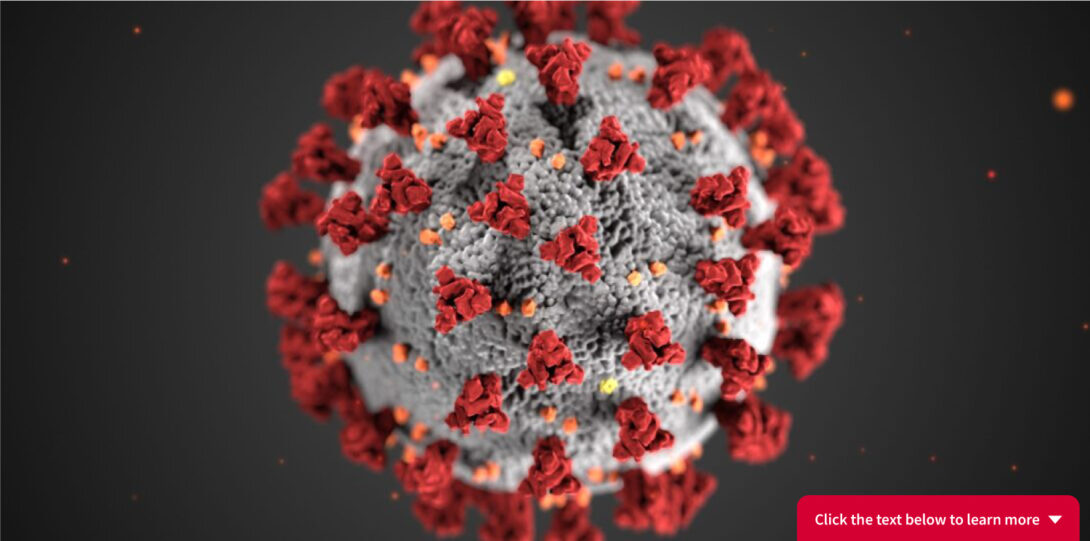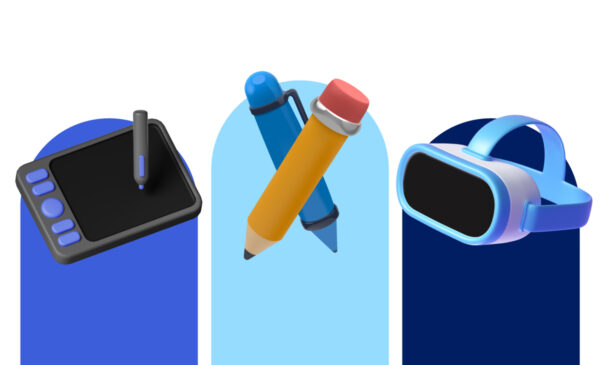MS in Biomedical Visualization
Where art, science and technology meet to better communicate with the world.
The UIC Master of Science in Biomedical Visualization — which we affectionately call BVIS (Bee-Viz) — is the second oldest and one of only five accredited programs of its kind in North America. With a curriculum at the cutting edge of science and technology, we attract candidates from among the life sciences, health care, fine and applied arts, and computer science. Our students become highly skilled science visualization specialists in medical illustration, animation, interactive media, gaming, haptics, and virtual and augmented reality, working on the frontiers of discovery.
For over 100 years, BVIS has been integrating medicine, life science, communication, technology, visual learning, research, artistic training and more. We collaborate with numerous departments and colleges at UIC, as well as many of the other reputable Chicago universities. Our close relationships with other medical programs, professional medical societies, medical advertising agencies, pharmaceutical companies, museums, animation studios and software companies provide our students with access to real-world, hands-on experience.
Our program begins Summer Term B in early June and continues through two academic terms (six semesters: two summer terms, two fall semesters and two spring semesters). Check out our What to Expect for details on the timing of the program.
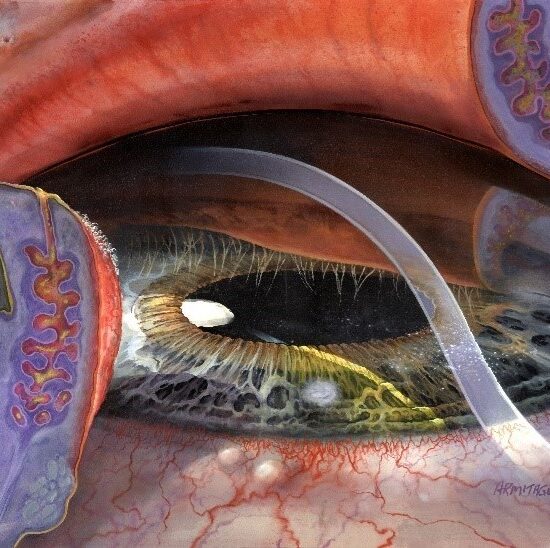
Frank Armitage Lecture Series
Learn about Frank Armitage and the lecture series!
The 2025 Frank Armitage Lecture featured lectures by Natalie Doolittle, MS, Medical Illustrator and Armitage’s granddaughter, as well as Certified Clinical Anaplastologist Suzanne Verma, MAMS, CCA.
Director and Part-Time Announcement
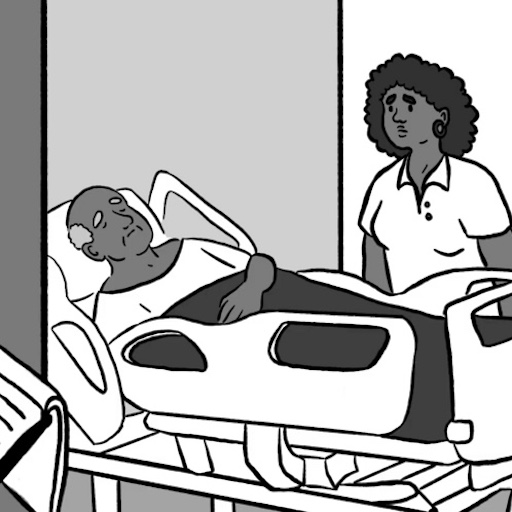
BVIS Project Spotlight: The BRIDGeS Project on Empathy in Care
Biomedical visualization alumni and faculty created videos to help address an $18 billion problem for hospitals.
Your career
Our graduates prepare for careers in medical illustration and visual communication of life science, medicine, healthcare, medical technology and education. As the fields of biomedical discovery and visualization technologies expand, the demand for life sciences visualization specialists continues to grow.
Many of our graduates become board certified as Certified Medical Illustrators through the Association of Medical Illustrators. CMI status encourages lifelong learning and is a measure of professional competency, evaluated through a written test and portfolio review.
Learn from the best
Understanding by doing
Our graduates prepare for careers in medical illustration and visual communication of life science, medicine, healthcare, medical technology and education. As the fields of biomedical discovery and visualization technologies expand, the demand for life sciences visualization specialists continues to grow.
Many of our graduates become board certified as Certified Medical Illustrators through the Association of Medical Illustrators. CMI status encourages lifelong learning and is a measure of professional competency, evaluated through a written test and portfolio review.
We're here for you
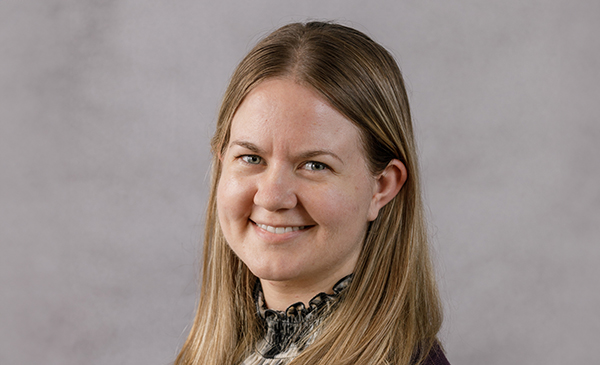
We’re here for you
Still wondering what an MS in biomedical visualization can do for you? Reach out if you have questions about our program, and we’ll make sure you get the answers you need.
You can contact Alyssa Nelson at:
Email alyssan@uic.edu
Phone 312.413.4732
Address 1919 W. Taylor St.
250 AHSB, MC 530
Chicago, IL 60612
Additional info
Accreditation
The Biomedical Visualization graduate program at UIC is one of five accredited graduate programs for medical illustration in North America. Programmatic accreditation by Commission on Accreditation of Allied Health Education Programs (CAAHEP) ensures the standards by which our program is measured and have been developed by professionals in our discipline. The rigorous process of CAAHEP accreditation as well as annual oversight ensures that our program meets or exceeds these industry standards. Our program was recently reviewed in 2024 and awarded continuing accreditation in January, 2025 through 2032.
Commission on Accreditation of Allied Health Education Programs
25400 U.S. Highway 19 North, Suite 158
Clearwater, FL 33763
Phone: 727-210-2350
Fax: 727-210-2354
In higher education, accreditation is recognition by a certified accrediting body that a university meets standards of performance and planning that students and the public can rely upon. The Higher Learning Commission of the North Central Association (HLC) is the accrediting body for UIC. UIC’s most recent accreditation was in 2007-2008, and the University has applied for continuing accreditation review this year.
Higher Learning Commission of the North Central Association
230 South LaSalle Street, Suite 7-500
Chicago, IL 60604
hlcommission.org
800-621-7440
Outcomes Data
This following data from recent graduate surveys is being published as required by our accrediting body, the Commission on Accreditation of Allied Health Education Programs. The five-year average positive placement rate for BVIS graduates 2017-2021 (our most recent data), 6-12 months post-graduation, is 96.8%.
